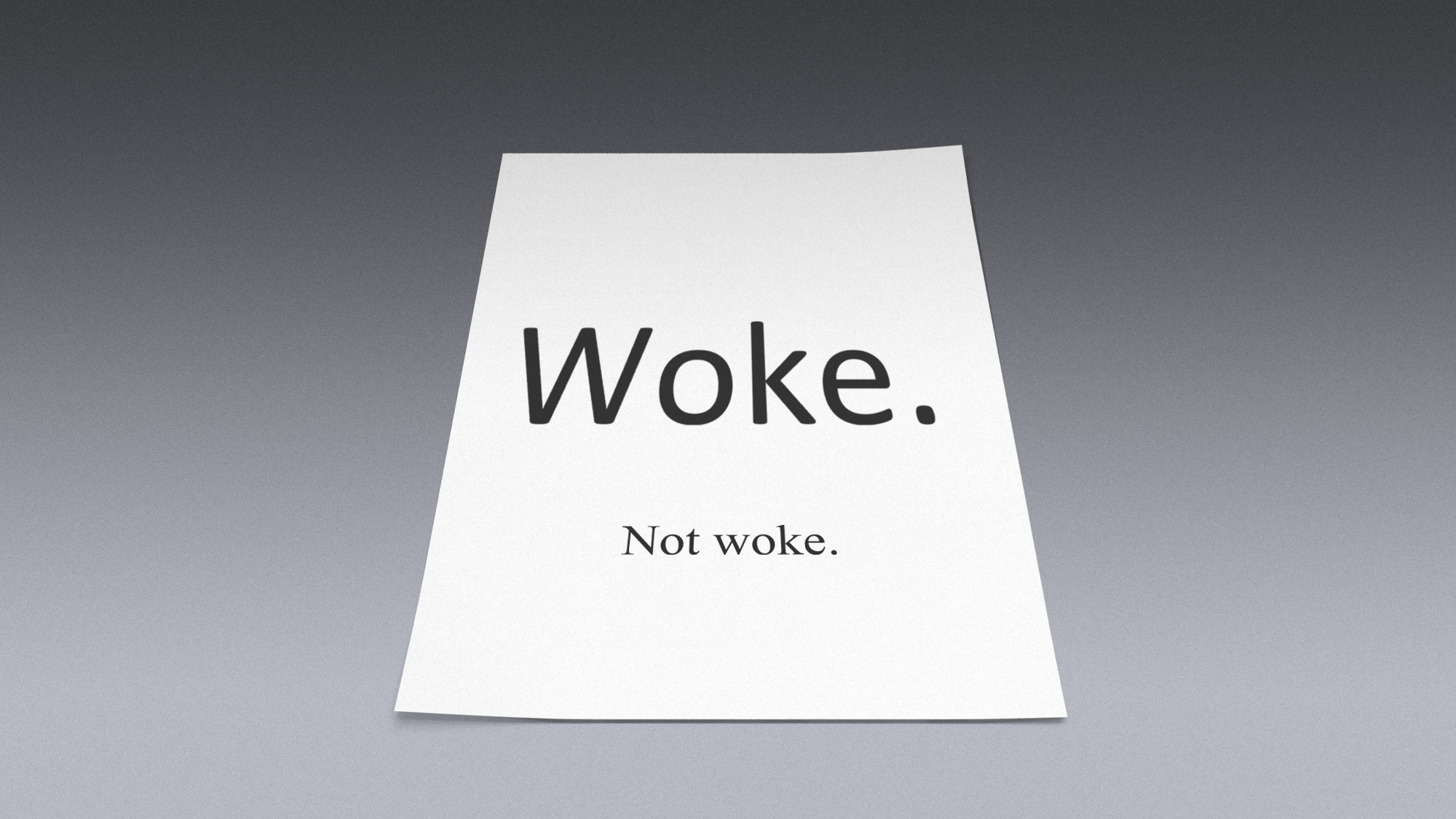Forget Mars: Why Mercury's ice-covered poles may be more important
The hot little planet's north pole is covered in enough ice to bury Washington, D.C., under two and a half miles of frozen water

It's fairly common knowledge that Mercury, the planet closest to the sun, is one of the hottest in our solar system. During its equivalent of high noon, temperatures can jump as high as 700 degrees Fahrenheit. Lesser known, though, is that the tiny planet's shadowy polar regions are unexpectedly frigid. Here, a brief guide to NASA's discovery:
Just how cold are Mercury's poles?
Ice cold. In three papers published Thursday in the journal Science, NASA scientists assert that Mercury's north pole is covered in 100 billion to 1 trillion metric tons of ice. That's enough frozen water to bury the entirety of Washington, D.C., beneath a massive block of ice two and a half miles tall, said David Lawrence of the Applied Physics Laboratory at John Hopkins University.
The Week
Escape your echo chamber. Get the facts behind the news, plus analysis from multiple perspectives.

Sign up for The Week's Free Newsletters
From our morning news briefing to a weekly Good News Newsletter, get the best of The Week delivered directly to your inbox.
From our morning news briefing to a weekly Good News Newsletter, get the best of The Week delivered directly to your inbox.
Why are its poles freezing?
The regions are covered in craters where the sun never shines and temperatures can dip as low as minus 370 degrees Fahrenheit. Between Mercury's hellacious equator and its frozen poles, temperatures are actually quite temperate, "especially a few feet below the surface, where soil insulates against the temperature swings between day and night," says Kenneth Chang at the New York Times — perhaps "an ideal location to build a colony."
How did NASA find the ice?
The first hints of ice came a few decades ago when radio waves from space telescopes reflected something unusually bright. Then, when NASA's Messenger spacecraft swung around Mercury's northern hemisphere in March 2011, it analyzed the neutrons being emitted by the planet's surface to gauge whether water molecules were present or not. Chang at the Times explains the water-finding technique pretty clearly here:
A free daily email with the biggest news stories of the day – and the best features from TheWeek.com
[W]hen a speeding neutron hits a hydrogen atom, which is almost the same weight, it comes to almost a complete stop, just as the cue ball in billiards transfers its momentum when it hits another ball. Water molecules contain two hydrogen atoms, and thus when Messenger passed over ice-rich areas, the number of neutrons dropped.
NASA used the same neuron-counting technique to find frozen water under Mars and explore the icy craters on the moon.
How did the water get there?
Scientists aren't sure. Unlike our own moon, the most plausible explanation is that the water was deposited when icy comets slammed into the planet's surface.
What are the chances of finding life on Mercury?
Messenger's principal scientist, Sean Solomon of Columbia University, said that no one is suggesting that Mercury is supporting life. Even though finding microbial organisms there is an "extreme long shot," says Mike Wall at Space.com, the results "should still put a spring in the step of astrobiologists around the world" and could even give us a clearer idea of how water — and thus life — started springing up here on Earth.
Sources: The Associated Press, New York Times, New Scientist, Space.com, Yahoo
-
 There’s a new serif in town: Trump’s font overhaul
There’s a new serif in town: Trump’s font overhaulIn the Spotlight As the State Department shifts from Calibri to Times New Roman, is this just a ‘typographic dispute’, or the ‘latest battleground’ of a culture war
-
 Do you have to pay taxes on student loan forgiveness?
Do you have to pay taxes on student loan forgiveness?The Explainer As of 2026, some loan borrowers may face a sizable tax bill
-
 Planning a move? Here are the steps to take next.
Planning a move? Here are the steps to take next.the explainer Stay organized and on budget